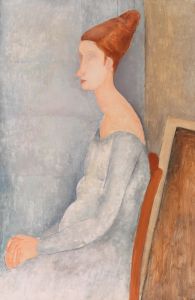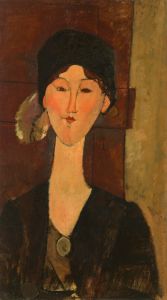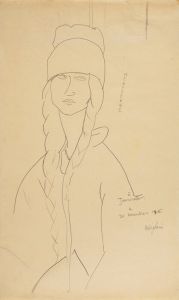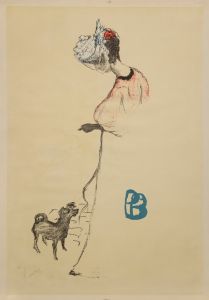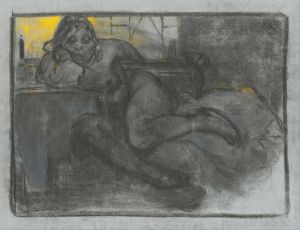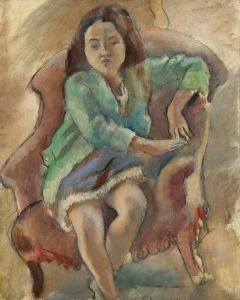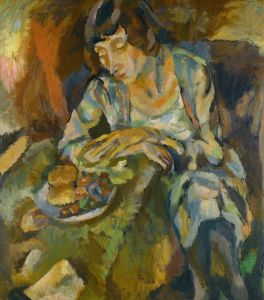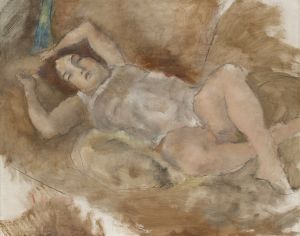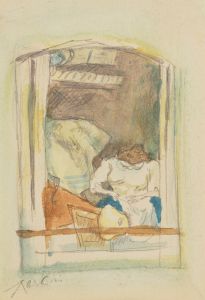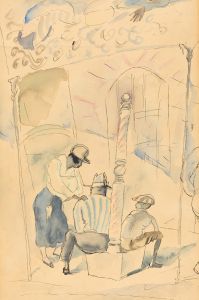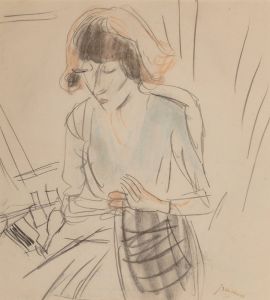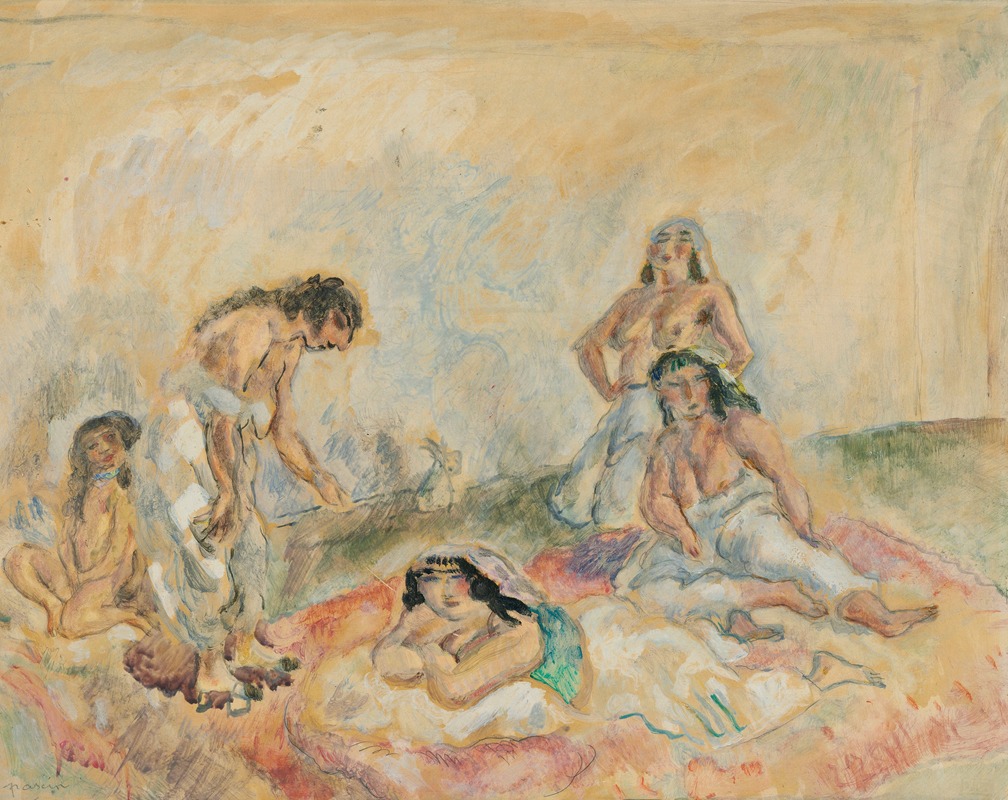
Femmes au salon
A hand-painted replica of Jules Pascin’s masterpiece Femmes au salon, meticulously crafted by professional artists to capture the true essence of the original. Each piece is created with museum-quality canvas and rare mineral pigments, carefully painted by experienced artists with delicate brushstrokes and rich, layered colors to perfectly recreate the texture of the original artwork. Unlike machine-printed reproductions, this hand-painted version brings the painting to life, infused with the artist’s emotions and skill in every stroke. Whether for personal collection or home decoration, it instantly elevates the artistic atmosphere of any space.
Jules Pascin, born Julius Mordecai Pincas in 1885, was a Bulgarian-born artist known for his association with the early 20th-century Parisian avant-garde. He was a prolific painter and illustrator, often celebrated for his depictions of women and scenes of everyday life. One of his notable works is "Femmes au salon," which exemplifies his style and thematic focus.
"Femmes au salon" is a painting that captures the intimate and relaxed atmosphere of women gathered in a salon, a common social setting during the early 1900s. Pascin's work is characterized by its loose brushwork and delicate color palette, which together create a sense of immediacy and intimacy. The painting reflects Pascin's interest in the human form and his ability to convey emotion and narrative through subtle gestures and expressions.
Pascin's style is often associated with the Expressionist movement, although he was also influenced by Impressionism and Post-Impressionism. His works frequently feature a blend of these styles, resulting in compositions that are both dynamic and introspective. In "Femmes au salon," Pascin employs a soft, almost ethereal approach to his subjects, using gentle lines and muted tones to evoke a sense of tranquility and introspection.
The setting of the salon in the painting is indicative of the social and cultural milieu of the time. Salons were popular venues for intellectual and artistic exchange, often hosted by women who played significant roles in the cultural life of the period. By choosing this setting, Pascin not only highlights the social dynamics of the era but also pays homage to the influential role of women in the arts and society.
Pascin's personal life and experiences also influenced his work. Having lived in various countries, including Bulgaria, Germany, and the United States, before settling in France, Pascin brought a diverse range of cultural influences to his art. His exposure to different artistic traditions and social environments enriched his perspective and contributed to the unique style that characterizes his oeuvre.
Throughout his career, Pascin was known for his bohemian lifestyle and his connections with other prominent artists and writers of the time, such as Ernest Hemingway and Amedeo Modigliani. Despite his success, Pascin struggled with personal demons, including depression and alcoholism, which ultimately led to his tragic death in 1930.
"Femmes au salon" remains a testament to Pascin's artistic talent and his ability to capture the subtleties of human interaction. The painting continues to be appreciated for its aesthetic qualities and its reflection of the social and cultural context of the early 20th century. Pascin's work, including "Femmes au salon," is held in high regard and can be found in various public and private collections worldwide, serving as a lasting legacy of his contribution to modern art.





